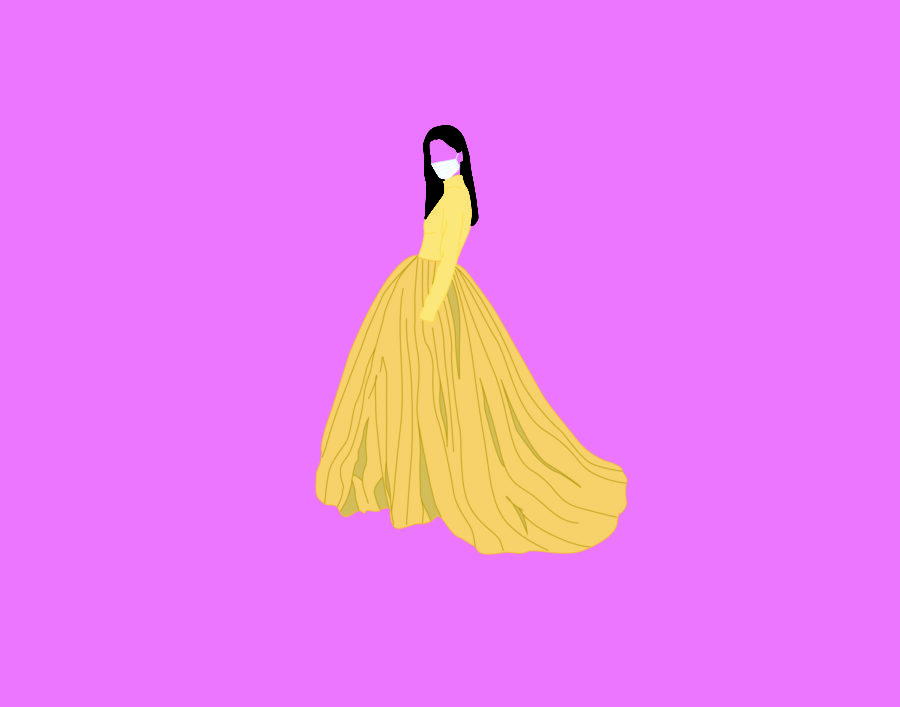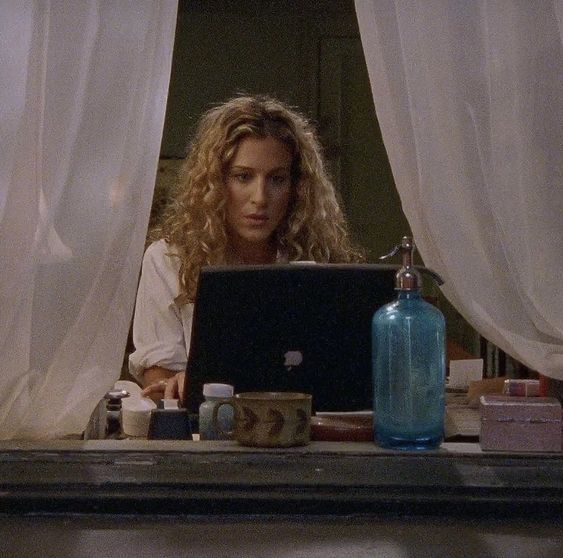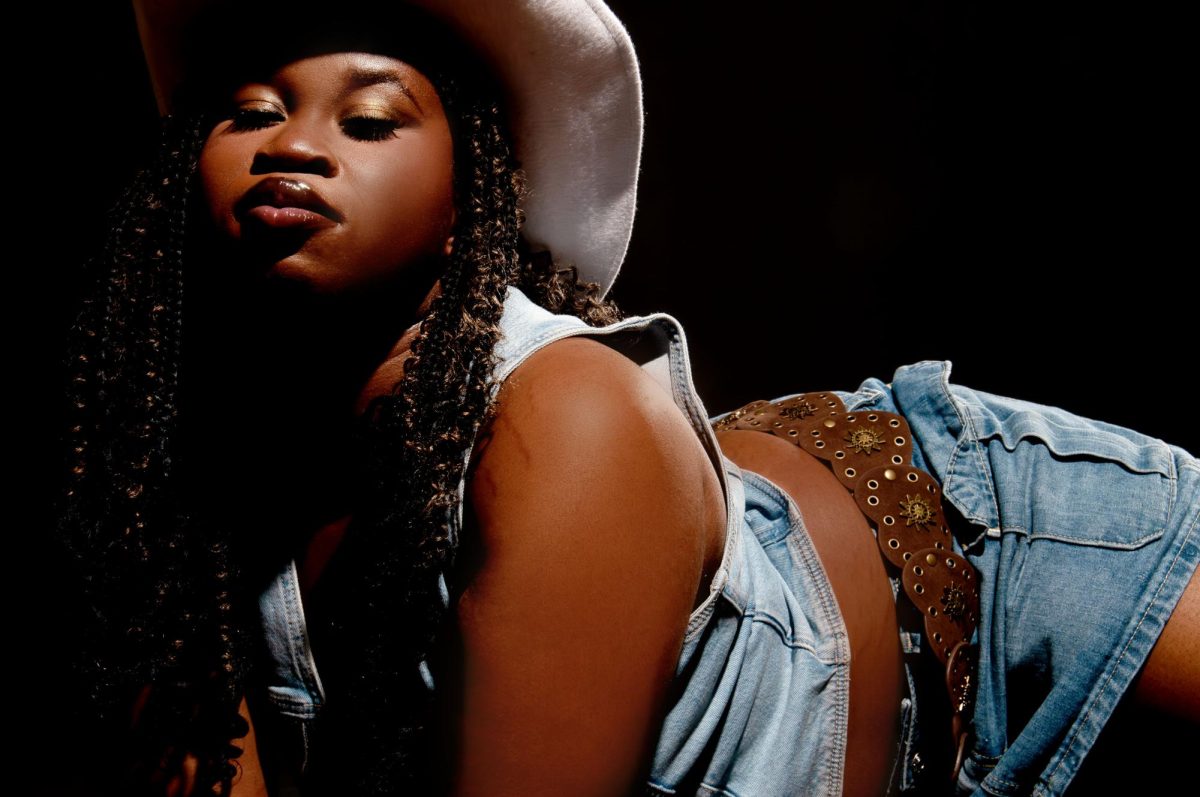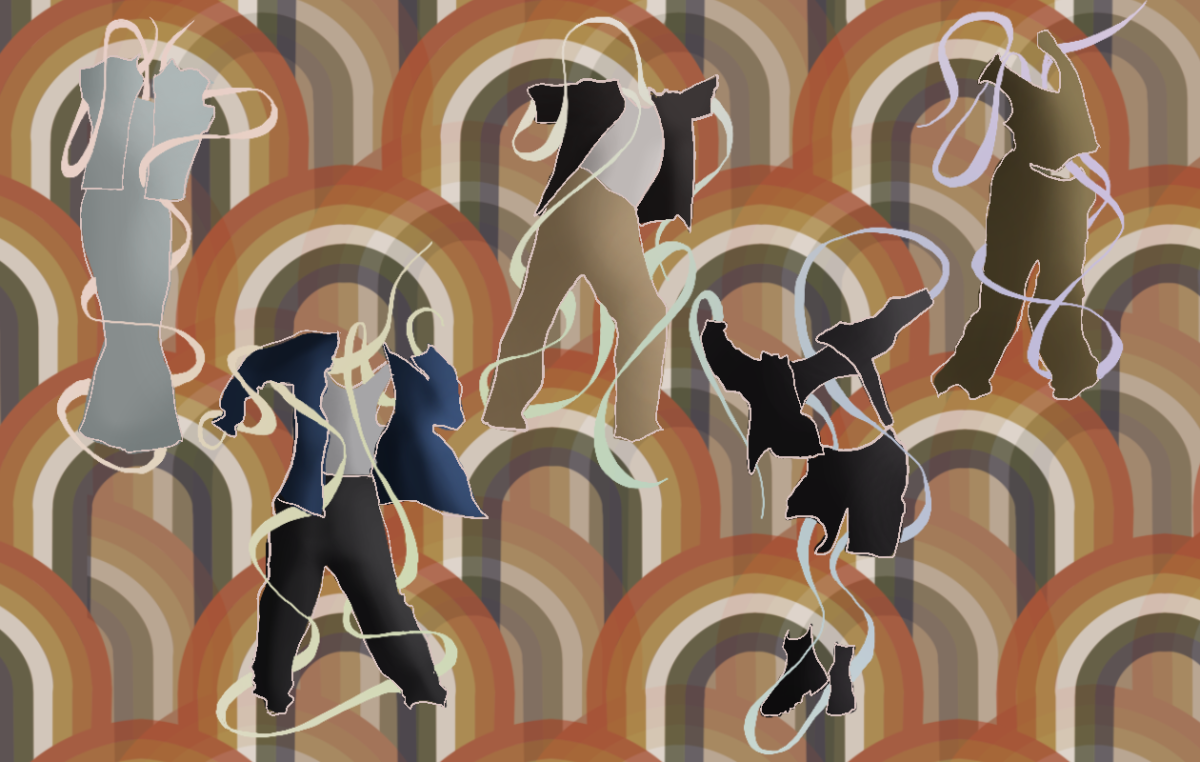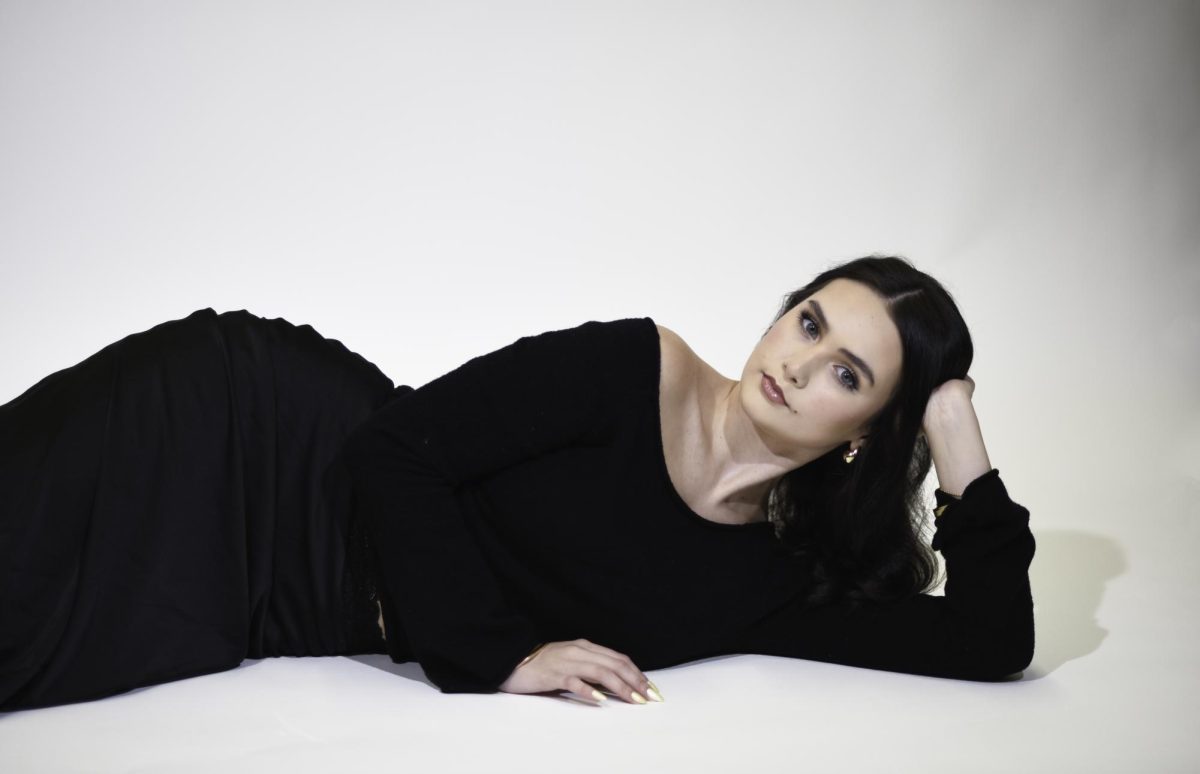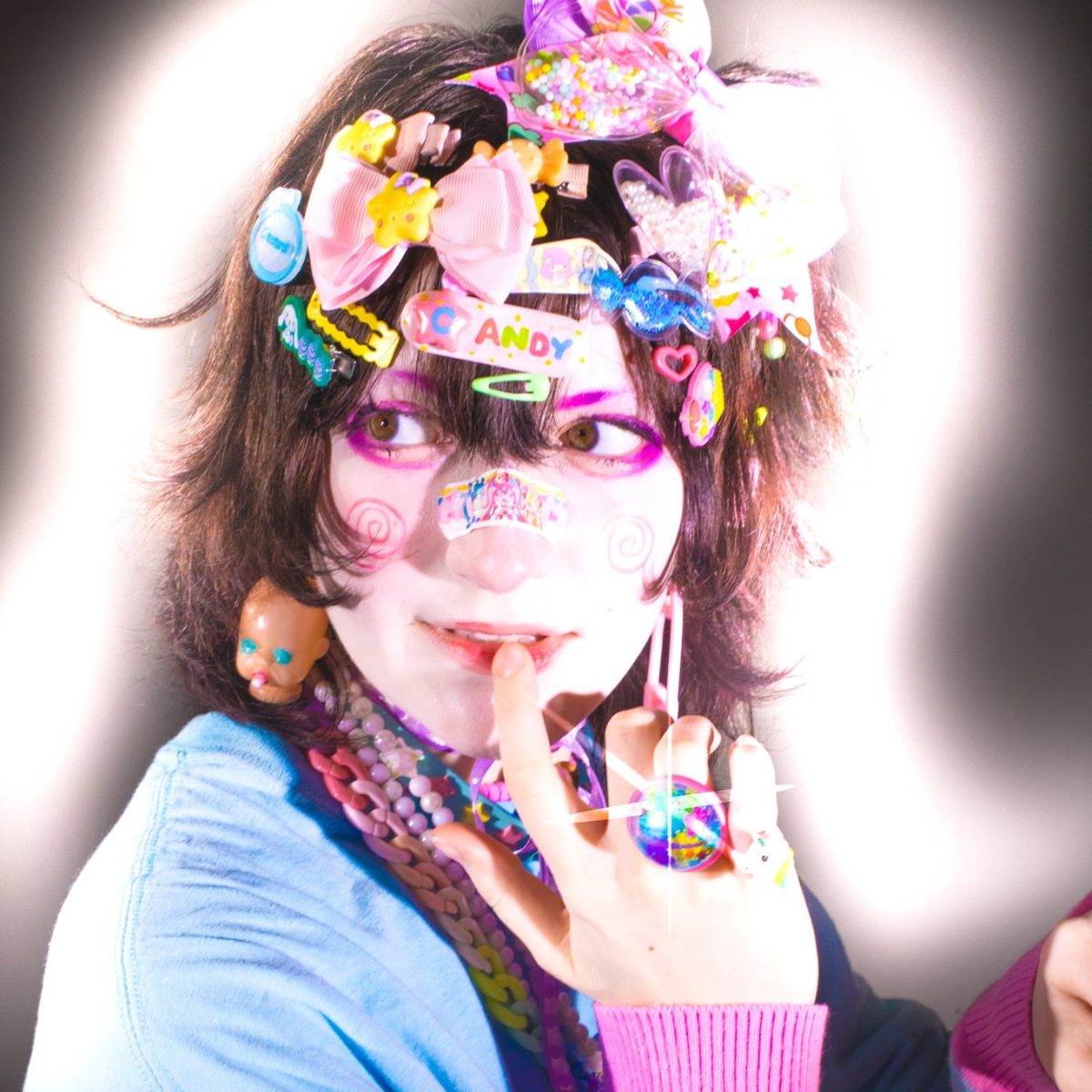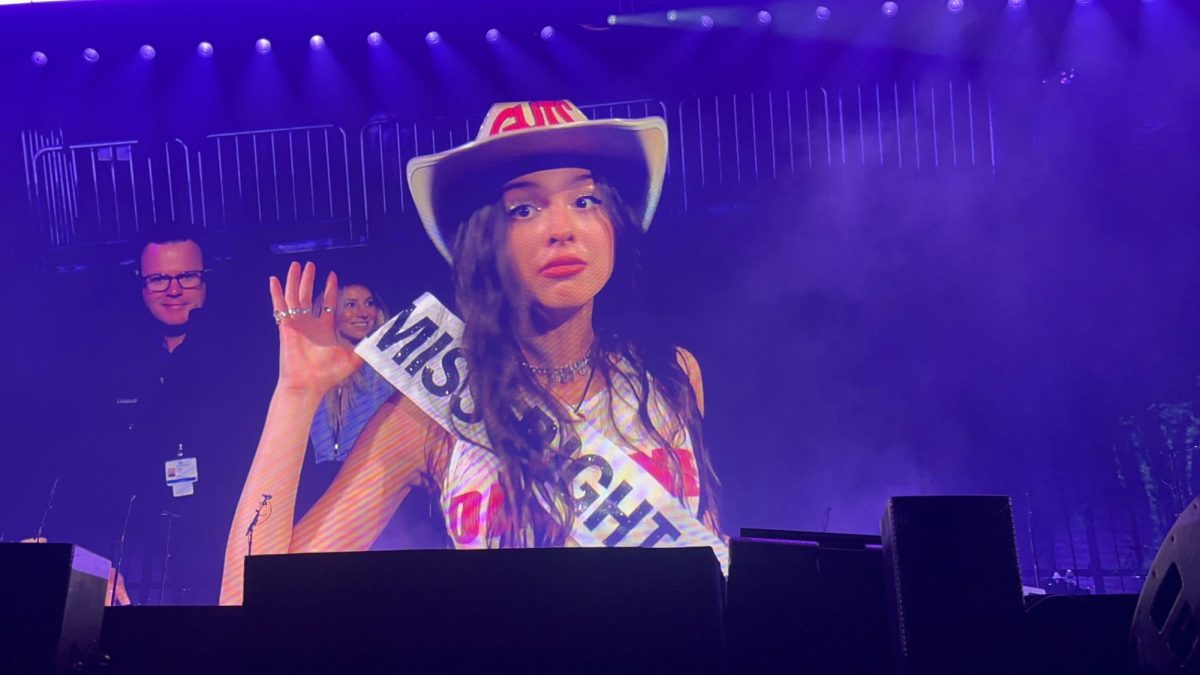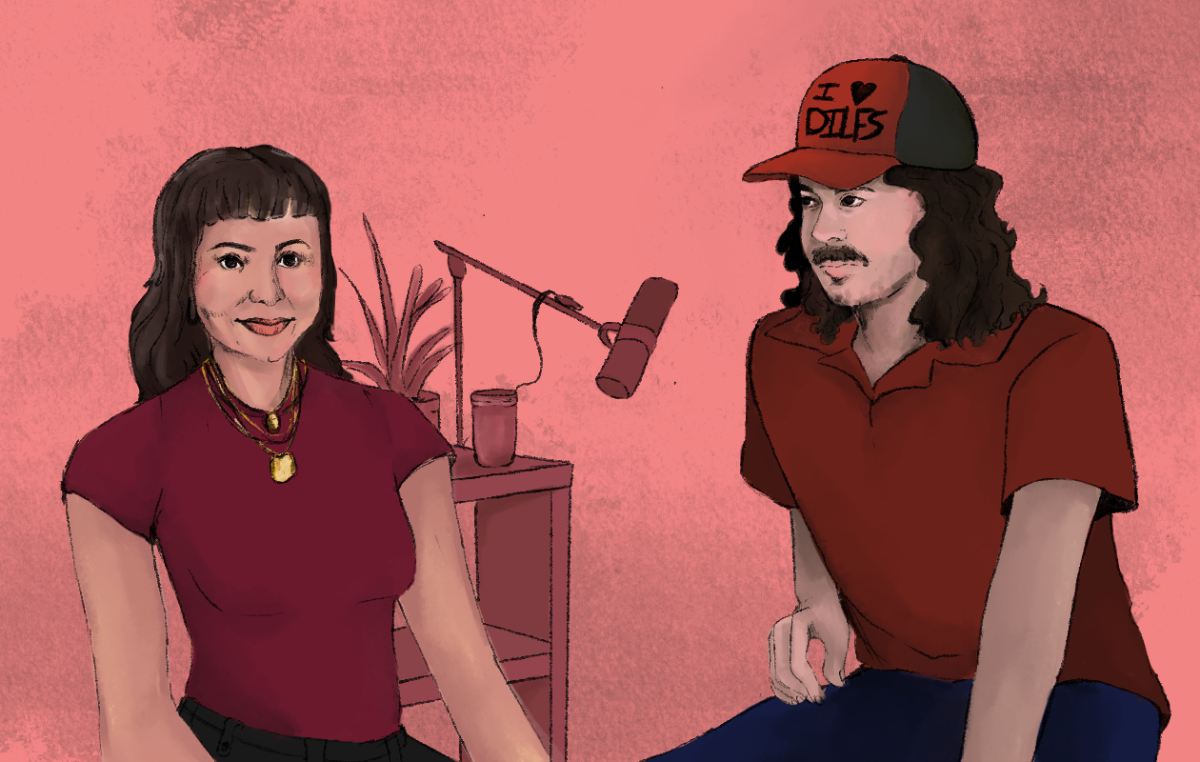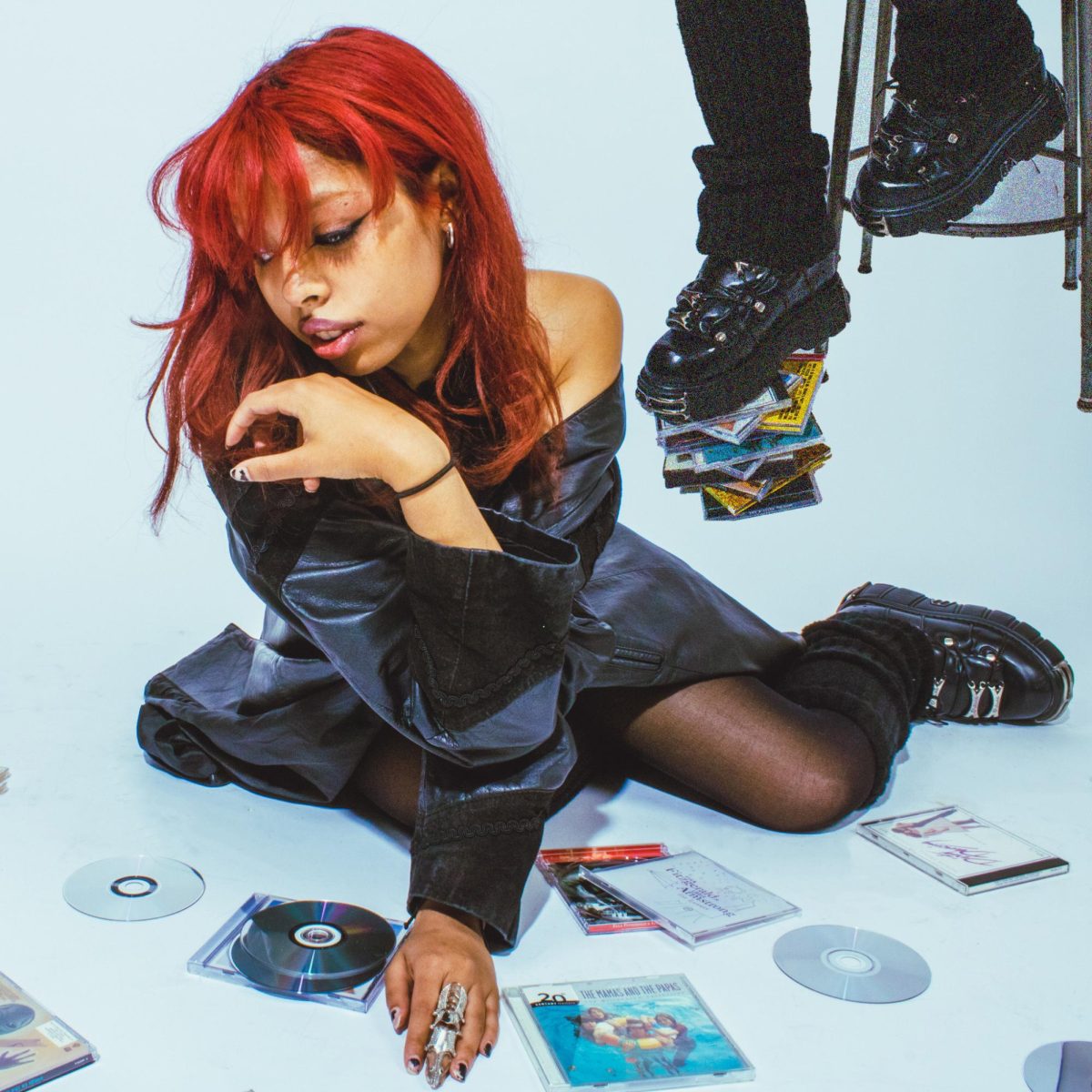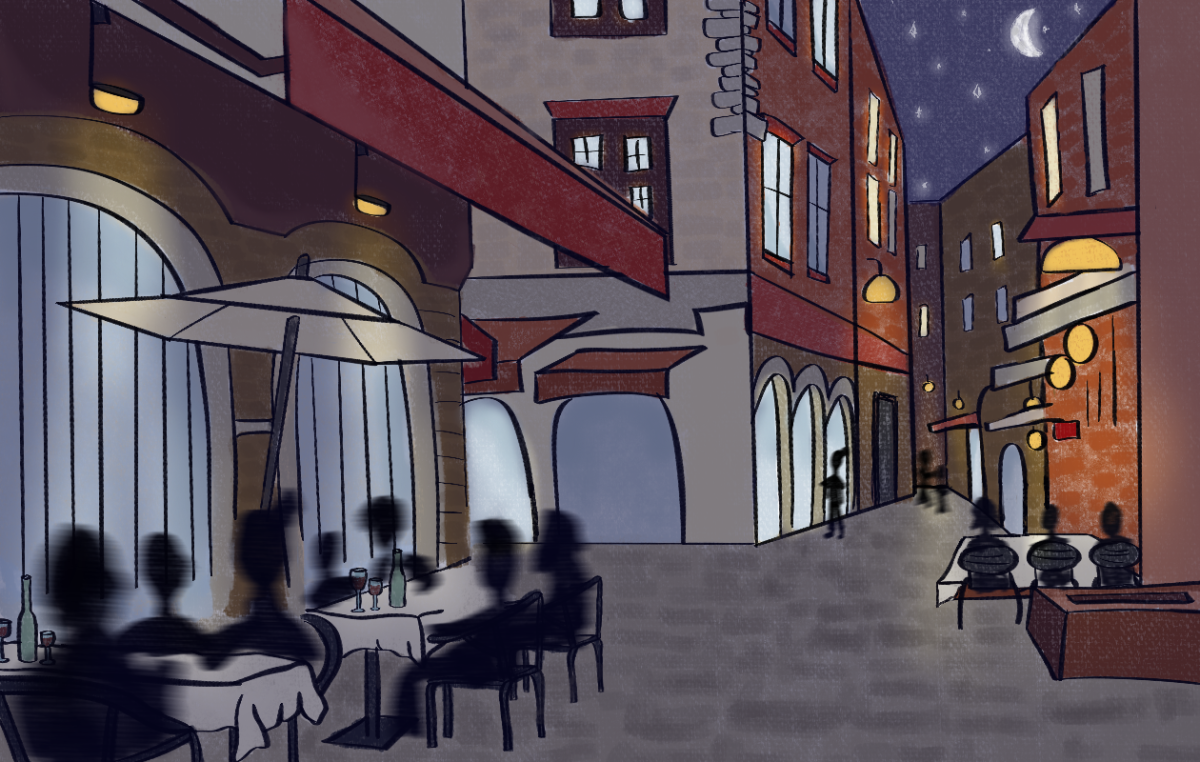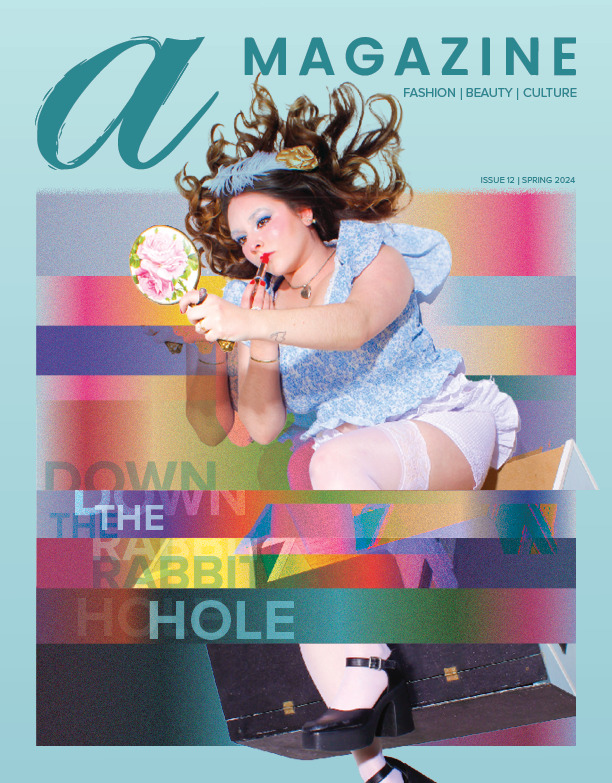Our world is changing. Economies are being forced to reshape, cultures are abruptly adapting and there remains an underlying tinge of fear in every news broadcast. The COVID-19 virus is forever altering the systemic reliabilities of our lives. In a report by The Washington Post, as many as 2.2 million people in the United States could die due to the coronavirus. Beyond the sheer deathly nature of the highly infectious virus, there will be unavoidable adverse effects on the economy. According to a Los Angeles Times interview with chief economist and Georgetown professor Harry Holzer, American unemployment is spiking and there is no end in sight.
“The jobless rate could rise to somewhere between 10% and 20% in the coming months” Holzer said.
And these kinds of irreversible alterations do not leave the fashion industry unaffected. The fashion industry was one of the first markets to respond to the severity of the virus’ spread by altering and canceling gatherings of large numbers. As early as February, events like Shanghai Fashion Week were being indefinitely postponed. Although this specific example may not be especially surprising considering that the original outbreaks of COVID-19 were in China, even fashion industry events in other parts of the world were quickly responding to the threat of the virus.
Prior to any response from or changes in sports events, global conferences and even the Olympics, fashion houses like Giorgio Armani were adapting to the new demands of public health. Armani, a luxury Italian fashion house, was set to debut their Autumn/Winter 2020/2021 collection during Milan Fashion Week. Despite other Milan collections including Gucci, Versace and Moschino still showing as normal, Armani took the coronavirus into account and showed their collection to a theater devoid of any audience. No applause, no gasps of awe and no snapping of photographs. This isn’t to say that no one saw the new Armani looks, however. The entire show was live-streamed to the public on February 24, 2020. Again, long before many events were responding to the viral threat. The fashion house was able to minimize contact between its employees and the public, while simultaneously utilizing technology to showcase the brand’s A/W 2020/2021 ensembles. In a CNN article, the Giorgio Armani label made a statement about their choice to livestream in the midst of the global crisis. The Armani fashion house stated that the decision not to have any attendees for the collection’s debut was to support national efforts in safeguarding public health.
The fashion industry’s comprehensive response to the rapid spread of COVID-19 does not end there. One of the most concerning aspects of the viral outbreak is a global lack of medical supplies including ventilators, gloves, aprons, open hospital beds and masks. Considering that the virus is most unavoidably spread through contact of saliva during coughing and sneezing, masks are especially necessary for healthcare professionals. Unfortunately, there is a serious shortage of face masks. Once again, the fashion industry answers the call. 2008 winner of Project Runway and popular evening wear designer Christian Siriano caught wind of the desperate need for face masks and began employing his own seamstresses to make masks. In response to this effort, the Council of Fashion Designers of America (CFDA) implored Siriano to share his pattern for face masks with other designers to maximize production nationally. According to The New York Times, Siriano even has plans to make the masks medical grade.
“He intends to make masks that meet FDA standards as soon as he can acquire approved materials and patterns, and begin prototyping,” said Vanessa Friedman and Jessica Testa of The New York Times.
It seems as though this crisis has brought out the best of humanity and the fashion industry. What remains largely a mystery is the long-term effects the coronavirus will have on our world and the fashion industry post-outbreak. Despite this, fashion forecasting powerhouse WGSN has some predictions. Amidst a widespread necessity for many of those still employed to work from home, WGSN thinks we can see a long-term increase in at-home jobs that do not require us to leave our couches. This trend, although it has been forecasted for years, has become “fundamentally accelerated” by the spread of COVID-19. According to an IGTV sit-down with WGSN’s managing director Carla Buzasi, more professional/pajama hybrid ensembles could be in high demand in the future. Comfortable and career-oriented? Sign me up.
“We are advising brands at the moment who over-index on occasion wear, tailoring and smart wear, that they need to be thinking about what (an increase demand for at-home professional clothing) looks like in a world where more of us will be spending more of our time fulfilling our career aspirations from our sofas,” Busazi said.
With trends that completely change season to season, collections always debuted six months prior to their demand and forecasting that works over two years ahead, the fashion industry is no stranger to forward-thinking. However, during the global crisis caused by the spread of the coronavirus, the fashion industry has proven itself impressively adaptable. Whether or not fashion can continue to adapt to the uncertain future that lies ahead is still a mystery. However, industry experts seem hopeful that fashion will prove to be a necessary contributor to the promise of a brighter tomorrow.

